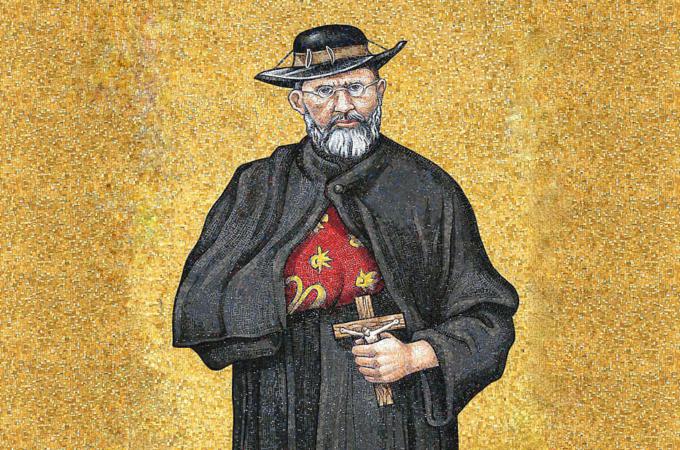St. Damien of Molokai
On Aug. 21, 1959, Hawaii, a United States territory since 1898, became the 50th state of the Union. With this in mind, let us turn our attention to a brief account of the life of St. Damien of Molokai.
St. Damien was born Joseph de Veuster, in Tremelo, Belgium, on Jan. 3, 1840. The youngest of seven children, several of his older siblings had taken religious vows and he hoped to follow the same path. Like his older brother, Father Pamphile, he decided to join the Congregation of the Sacred Hearts of Jesus and Mary at Louvain, Belgium, where he made his solemn profession on Oct. 7, 1860.
Three years later, Father Pamphile received an assignment to serve the Hawaiian Island missions but fell ill, and St. Damien offered to take his place. Catholic missionaries belonging to the Congregation of the Sacred Hearts in France were the first to arrive in the region around 1827, but Protestant missionaries had preceded them by several years and turned the native population against them. They were persecuted and eventually exiled from the islands, until finally being granted religious freedom in 1839, allowing them to return to their missionary activities once more.
It was this much more stable environment that St. Damien encountered when he arrived at Honolulu in March 1864. Two months later, on May 21, he was ordained a priest and then sent to serve missions on the Island of Hawaii, where he would spend the next eight years.
In 1873, the vicar apostolic, or administrator, of the Hawaiian Island Missions sought a priest to attend to a leper settlement at Kalaupapa, on the island of Molokai. St. Damien volunteered for the assignment and arrived in May, where he would spend the remaining 16 years of his life serving the 800 lepers residing there -- 10 of those years as the only missionary priest in the area.
Throughout this time, he sought to meet not only the spiritual, but also physical and emotional needs of those suffering from an incurable disease. In addition to fulfilling his role as priest, he also took on the duties of a physician, counselor, builder, and any other role that would help improve quality of life among the population. His contributions included improving the food and water supply to the settlement and founding two orphanages.
In 1884, St. Damien contracted leprosy himself but refused to leave, continuing to serve the mission until shortly before his death on April 15, 1889. As he wished, he was buried at the mission, but in 1936, his remains were removed to the chapel of the Congregation of the Sacred Hearts of Jesus and Mary in Louvain. In 1995, his right hand was returned to the original grave, the same year he was beatified by Pope John Paul II. He was eventually canonized by Pope Benedict XVI in 2009. His feast day is May 10.
- Thomas Lester is the archivist of the Archdiocese of Boston.



















